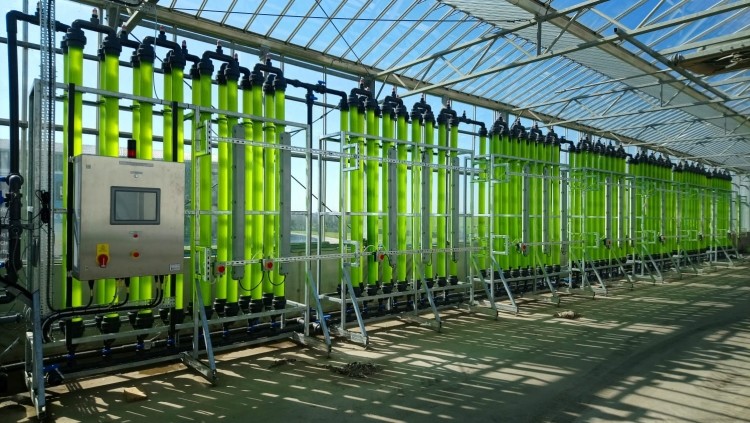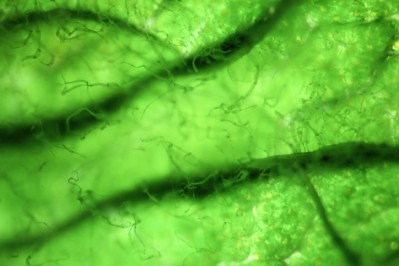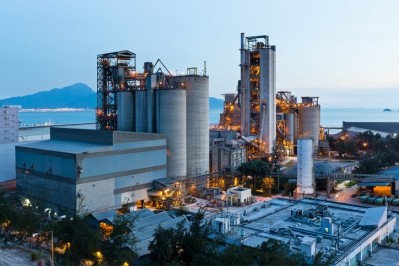Creating wealth from waste: Converting nutrients from anaerobic digestion into algal feed protein

A paper by Swansea University based scientists, who have been leading an EU funded project, ALG-AD, demonstrates a two-stage process for how microalgae can be used at scale to consistently produce a quality, sustainably cultivated biomass with multiple commercial applications.
The idea is that nutrients produced from anaerobic digestion (AD) of food and farm waste will be used to cultivate algal biomass for animal feed and other products of value. With expansion of the AD industry across Europe, there is excess nutrient waste.
So far, the ability of microalgae to solve environmental issues has only been demonstrated on a relatively small scale. Microalgae can grow and produce biomass in different ways depending on conditions, said the team.
ALG-AD has successfully demonstrated a combination of two different growth modes on an industrial scale at its UK pilot facility at Langage AD, Plymouth, England.
And analysis of this biomass has revealed it is high in protein and rich in carotenoids, molecules known for their health-boosting properties, said the scientists.
“During the first phase, biomass was grown autotrophically, biomass was then concentrated using membrane technology for the second phase where mixotrophic conditions were applied to boost growth further.
"Microalgae cultures were able to grow (13.8 g/L), uptake and bioremediate nutrients (Nitrogen > 134 mg/L/day) from an anaerobic digestion side-stream (digestate), obtaining high quality microalgae biomass (>45% protein content) suitable for use as animal feed, closing the circular economy loop for industrial applications," according to the study.
Dr Claudio Fuentes-Grünewald, lead author of that paper, said that implementation of circular approaches in industry, by minimizing waste and optimizing reuse of resources, is of critical environmental importance.
“Microalgal cultures are particularly adept at waste remediation and are also incredibly versatile in how the biomass produced can be processed and applied.
"We believe this technology has the potential to remediate thousands of tons of digestate, without the risks of pollution linked to storage or returning this to land.
"This new circular economy industrial approach could ultimately not only produce large quantities of biomass for animal feed but also create thousands of new sustainable jobs.”
ALG-AD is a four-year Interreg NWE funded project which brings together scientists and engineers from 11 different partners in four countries across North West Europe.
Dr Carole Llewellyn, associate professor in applied aquatic bioscience at Swansea University, spoke to this publication about the goals of AGL-AD at the onset of the project: “We want to contribute to food security, food sustainability. One of the objectives is to produce an algae derived protein biomass for use in poultry and fish diets.”







